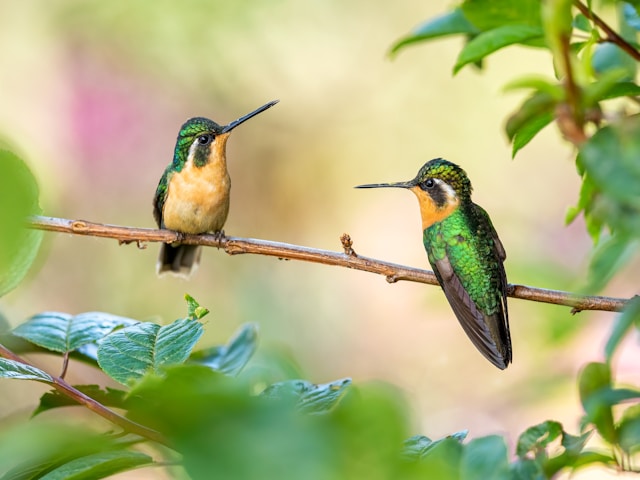Introduction
New Zealand’s natural soundscape is richly adorned with the songs of its native birds, creating a unique auditory experience that reflects the health and diversity of its ecosystems. Birdsong is not just a delightful feature of New Zealand’s wilderness; it plays a crucial role in the functioning and resilience of these ecosystems. This article delves into the significance of birdsong in New Zealand, examining its ecological functions, the threats it faces, and the conservation efforts aimed at preserving this vital aspect of the natural environment.
Ecological Functions of Birdsong
Birdsong serves multiple ecological purposes. Firstly, it is essential for communication among birds, particularly for establishing territories and attracting mates. Male birds often use song to assert dominance over a territory, signaling to other males to keep away while inviting females to come closer. This behavior is critical for maintaining species diversity as it helps prevent overcrowding and promotes a balanced distribution of bird populations.
Secondly, birdsong plays a role in the reproductive success of many species. Females often select mates based on the quality and complexity of their songs, which can be indicators of the male’s fitness and genetic quality. In this way, birdsong contributes to the health and viability of bird populations by ensuring that the best genes are passed on to future generations.
Moreover, birdsong can aid in species recognition, helping birds identify members of their own species, which is particularly important in areas where multiple bird species coexist. This recognition helps prevent hybridization and ensures that birds can find appropriate mates.
Birdsong and Ecosystem Health
The presence and diversity of birdsong are often used as indicators of ecosystem health. A rich and varied birdsong landscape suggests a thriving environment with a good mix of habitats and a stable food web. Birds play crucial roles in ecosystems as pollinators, seed dispersers, and pest controllers. Therefore, a decline in birdsong can signal underlying issues such as habitat loss, pollution, or the presence of invasive species, which can disrupt ecological balance and lead to further environmental degradation.
Threats to Birdsong
New Zealand’s birdsong is under threat from several factors. Habitat destruction due to urban development, agriculture, and deforestation has reduced the natural areas where birds can live and breed. Additionally, introduced species such as rats, stoats, and possums prey on native birds and their eggs, leading to population declines and, consequently, a reduction in birdsong.
Climate change also poses a significant threat by altering habitats and food availability. Changes in temperature and weather patterns can affect the timing of breeding seasons and the distribution of bird populations, potentially disrupting the complex interactions within ecosystems that birdsong supports.
Conservation Efforts
Recognizing the importance of birdsong, numerous conservation initiatives in New Zealand aim to protect and restore bird populations and their habitats. Predator control programs, such as the Predator Free 2050 initiative, are crucial in reducing the impact of invasive species on native birds. These programs involve trapping and poisoning predators, as well as creating predator-free sanctuaries where birds can safely thrive.
Habitat restoration projects are also vital. Efforts to reforest areas with native plants not only provide food and shelter for birds but also support the broader ecosystem. Community involvement in planting trees and creating bird-friendly spaces in urban areas helps to expand the habitats available to native birds.
Furthermore, monitoring programs that track bird populations and their songs provide essential data for conservation planning. By understanding which species are declining and where, conservationists can target their efforts more effectively to ensure the survival of New Zealand’s unique avian life.
Conclusion
Birdsong is an integral part of New Zealand’s ecosystems, playing critical roles in communication, reproduction, and ecosystem health. However, it faces significant threats from habitat loss, invasive species, and climate change. Through concerted conservation efforts focused on predator control, habitat restoration, and community engagement, there is hope for preserving the rich birdsong that is so characteristic of New Zealand’s natural heritage. Protecting this vital aspect of the environment not only benefits the birds but also helps maintain the overall health and resilience of ecosystems across the country.
